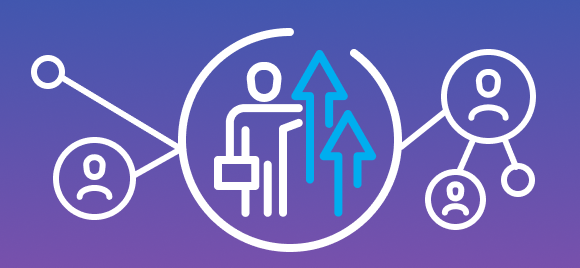Effectively deploying and managing a contingent workforce has become a strategic imperative for companies big and small as they race to stay agile and competitive in today’s fast-paced market. And while the concept of a contingent workforce isn’t new, its importance has skyrocketed recently with the pandemic-fueled push for workforce flexibility.
As we navigate this evolving landscape, it’s crucial to understand how to harness the power of a contingent workforce as effectively as possible – especially for businesses that are still in the formative stages of their contingent workforce strategies.
Here are six strategic ways to plan your contingent workforce, ensuring your business not only survives but thrives in the modern economy.
Understanding the Contingent Workforce Landscape
First, let’s briefly define what we mean by a contingent workforce. This term encompasses non-permanent workers such as freelancers, independent contractors, temporary workers, gig workers, and consultants. These professionals offer their skills and services on a project or short-term basis, enabling businesses to adapt swiftly to market changes and demands.
1. Clearly Define Your Objectives
The cornerstone of effectively managing a contingent workforce is to have clear objectives. What are you hoping to achieve? Is it to fill a temporary skills gap, manage seasonal fluctuations, or undertake specific projects? Do you hope to cut costs, reduce headcount, or maximize your ability to turn on a dime? By understanding your goals, you can better identify the type of contingent workers needed and the best ways to find and engage them.
2. Prioritize Effective Recruitment and Selection
Just because contingent workers are not permanent doesn’t mean your selection process should be less stringent. Use a mix of job boards, social media, and professional networks to source the best talent. Remember, the right contingent worker – just like full-timers – can bring your team a wealth of experience and specialized skills.
3. Streamline Onboarding and Integration
Efficient onboarding is key to getting your contingent workforce up to speed quickly – and this is particularly important because of the non-permanent nature of their engagements. After all, it’s frustrating to have to wait through a five-week onboarding process for someone working a two-week project.
But while they may not be with you long term, contingent workers must understand your company culture and operational processes. A smooth integration can lead to better productivity and the potential for future collaboration.
4. Foster Inclusion and Engagement
Creating an inclusive environment for contingent workers is vital. Treat them as integral members of your team, involve them in relevant discussions, and ensure regular communication. This approach can increase their engagement, satisfaction, and overall contribution to your projects. Remember: Contingent workers have their choice of which clients to work for, so it’s wise to offer an appealing situation that they’d like to come back to.
5. Embrace Technology for Effective Management
Managing a contingent workforce requires different tools and strategies compared to permanent staff. Invest in the right workforce management software to handle scheduling, tracking, and payment processes. This technology can save time, reduce errors, and streamline the management of your contingent workforce.
6. Accommodate for Risk
While clearly beneficial in a variety of circumstances, non-employee workers also introduce some new risks. Most notably, you have to be careful that your contingent workers are indeed qualified to operate as independent businesses – and this is particularly tricky because many states and several Federal agencies have differing qualification criteria. If any of these authorities determine that a worker you’ve engaged isn’t qualified to be a business, they can reclassify the worker as an employee… and hit you with pretty hefty fines and penalties.
A solid strategy is to engage a third-party provider to evaluate your contingent workers. Most providers engage workers either through an Agent of Record service (for qualified businesses) or an Employee of Record service (for non-qualified workers). This makes sure your workers are always classified correctly, which insulates you from the most crippling contingent workforce risk factor.
Conclusion
The contingent workforce is more than a temporary solution; it’s a strategic asset. By clarifying your objectives, investing in quality recruitment, streamlining onboarding, fostering inclusivity, leveraging technology, and managing risk factors, you can efficiently deploy a contingent workforce that not only meets your current needs but also positions your business for future success.
Remember, the goal isn’t just to fill gaps—it’s to strategically leverage talent to drive innovation, flexibility, and growth. In the dynamic landscape of modern business, a well-planned contingent workforce isn’t just an option; it’s a necessity.

